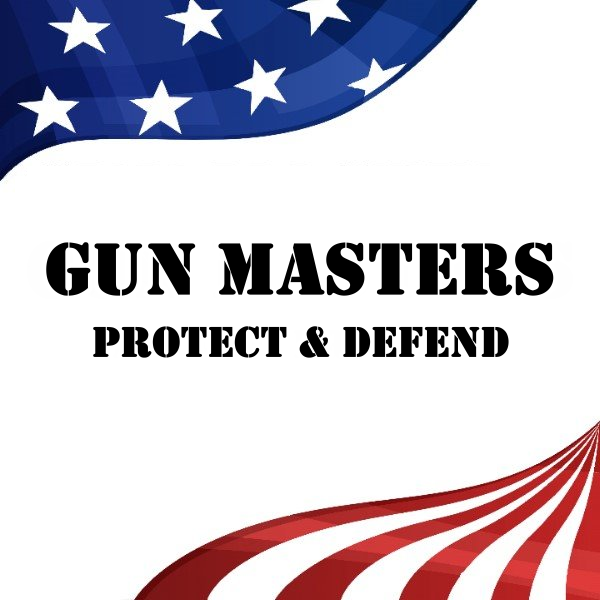
free shipping orders over $25
We’re having a 15% off sale on all our products. Enter your email below to be notified about future sales.


Pepper spray is a widely recognized non-lethal self-defense tool designed to temporarily incapacitate an attacker. Its primary function is to provide individuals with a means of protection by inducing intense physical discomfort, thereby allowing them to escape potentially dangerous situations. The active ingredient in pepper spray, Oleoresin Capsicum (OC), is derived from chili peppers, making it a natural yet highly potent irritant.
The origins of pepper spray trace back to the 1960s when it was initially developed for law enforcement purposes. Over the years, its effectiveness and ease of use have made it a popular self-defense option for civilians. Today, pepper spray is utilized globally by police forces, security personnel, and private individuals. Its applications range from crowd control to personal safety, showcasing its versatility in various scenarios.
The legal status of pepper spray varies significantly across different regions. In the United States, for instance, it is legal in most states but often comes with restrictions regarding the concentration of OC and the size of the canister. Conversely, some countries, such as the United Kingdom, classify pepper spray as an illegal weapon. Understanding local laws is crucial for anyone considering carrying pepper spray, as penalties for illegal possession can be severe.
The primary active ingredient in pepper spray is Oleoresin Capsicum (OC), a natural compound extracted from chili peppers. OC is responsible for the intense burning sensation and inflammation that make pepper spray so effective. The potency of OC is measured in Scoville Heat Units (SHU), a scale used to quantify the spiciness of chili peppers. While a jalapeño pepper measures around 2,500 to 8,000 SHU, the OC in pepper spray can exceed 2 million SHU, making it exponentially more potent.
To enhance its effectiveness, pepper spray formulations often include additional components. These may include propellants to ensure the spray is expelled forcefully, solvents to keep the OC in liquid form, and stabilizers to maintain the product’s shelf life. Some formulations also include UV dye, which marks the attacker for later identification by law enforcement.
The delivery mechanism of pepper spray is another critical factor in its composition. Whether in the form of a spray, gel, foam, or fog, the formulation is designed to maximize the dispersion of OC while minimizing the risk of accidental exposure to the user. Each delivery method has its advantages, with sprays offering a wide range and gels providing better accuracy in windy conditions.
When pepper spray comes into contact with the human body, it triggers an immediate and intense reaction. The active ingredient, OC, interacts with the mucous membranes in the eyes, nose, and mouth, causing a burning sensation that can be excruciating. The eyes often swell shut, leading to temporary blindness, while the respiratory system reacts with coughing, choking, and difficulty breathing.
The skin is also highly sensitive to OC, resulting in redness, inflammation, and a burning sensation. These effects are amplified by the body’s pain receptors, which send urgent signals to the brain, creating a sense of overwhelming discomfort. This rapid onset of symptoms is what makes pepper spray so effective as a self-defense tool.
The physiological effects of pepper spray are designed to incapacitate an attacker temporarily, giving the victim time to escape. However, the effects are not permanent and typically subside within 30 to 45 minutes. Despite its non-lethal nature, pepper spray can cause severe reactions in individuals with pre-existing respiratory conditions, making its use a subject of ethical and legal debate.
The effectiveness of pepper spray depends on several factors, starting with the concentration of OC. Higher concentrations generally result in more severe effects, but they may also increase the risk of accidental harm to the user. The Scoville Heat Units (SHU) of the OC also play a role, with higher SHU levels correlating to greater potency.
The delivery mechanism is another crucial factor. Spray patterns such as streams, gels, foams, and fogs each have unique advantages and limitations. For instance, a stream offers better range and accuracy but requires precise aim, while a fog covers a wider area but is more susceptible to environmental factors like wind.
Environmental conditions can significantly impact the performance of pepper spray. Wind can blow the spray back toward the user, while rain can dilute its potency. Temperature extremes may also affect the canister’s pressure, altering the spray’s range and effectiveness.
Finally, individual factors such as clothing and tolerance levels can influence the outcome. Thick clothing can shield the skin from direct contact with OC, while some individuals may have a higher pain threshold or reduced sensitivity to the compound. These variables highlight the importance of proper training and situational awareness when using pepper spray.
Pepper spray’s effectiveness lies in its ability to exploit the body’s natural pain response. When OC comes into contact with the skin or mucous membranes, it activates TRPV1 receptors, also known as capsaicin receptors. These receptors are responsible for detecting heat and pain, sending signals to the brain that result in an intense burning sensation.
The nervous system plays a critical role in the incapacitation caused by pepper spray. The overwhelming pain and discomfort trigger a fight-or-flight response, often leaving the attacker disoriented and unable to continue their actions. This temporary incapacitation is what makes pepper spray a valuable tool for self-defense.
Compared to other non-lethal tools like stun guns or tasers, pepper spray offers a unique combination of range and effectiveness. While stun guns require close contact, pepper spray can be deployed from a distance, reducing the risk to the user. However, its reliance on pain receptors means it may be less effective against individuals under the influence of drugs or alcohol, who may have a diminished pain response.
While pepper spray is generally considered safe, it is not without risks. Accidental exposure can cause severe discomfort for the user, and improper handling can lead to unintended consequences. Prolonged exposure to OC can result in more severe symptoms, such as difficulty breathing or skin blistering, particularly in individuals with pre-existing conditions.
To minimize risks, it is essential to follow guidelines for safe handling and storage. Pepper spray should be kept in a secure location, away from children and pets, and checked regularly for expiration. Users should also familiarize themselves with the product’s operation to ensure they can deploy it effectively in an emergency.
In the event of accidental exposure, first aid measures include flushing the affected area with cold water and avoiding rubbing the skin or eyes, which can worsen the irritation. Specialized decontamination wipes are also available for quicker relief. Understanding these safety protocols is crucial for anyone who carries pepper spray.
Pepper spray has proven to be an effective self-defense tool in numerous real-world scenarios. Studies and case reports indicate that it is highly effective in deterring attackers, with success rates often exceeding 85% in law enforcement applications. Its ability to incapacitate without causing permanent harm makes it a preferred choice for both civilians and professionals.
However, pepper spray is not infallible. Situations involving strong winds, heavy rain, or attackers wearing protective gear can reduce its effectiveness. Additionally, individuals under the influence of drugs or alcohol may not respond as expected, highlighting the importance of situational awareness and backup plans.
Proper training can significantly enhance the effectiveness of pepper spray. Many manufacturers and self-defense organizations offer training programs that teach users how to deploy the spray accurately and handle various scenarios. These programs emphasize the importance of maintaining a safe distance, aiming for the face, and being prepared to escape immediately after deployment.
While pepper spray is a popular choice, it is not the only option for self-defense. Stun guns, personal alarms, and tactical flashlights are among the alternatives available. Each tool has its pros and cons, depending on the user’s needs and circumstances.
Stun guns, for example, deliver an electric shock that can incapacitate an attacker but require close contact to be effective. Personal alarms emit loud noises to attract attention and deter attackers but do not physically incapacitate them. Tactical flashlights can temporarily blind an attacker with intense light but require precise aim.
Choosing the right self-defense tool involves considering factors such as ease of use, effectiveness, and legal restrictions. For many, pepper spray strikes the right balance between accessibility and effectiveness, but exploring alternatives can provide additional layers of security.
The field of non-lethal self-defense tools is continually evolving, and pepper spray technology is no exception. Innovations in delivery systems, such as compact canisters and more accurate spray patterns, are making pepper spray more user-friendly and effective. Some manufacturers are also exploring formulations that reduce the risk of long-term harm while maintaining potency.
Research is underway to develop pepper sprays with enhanced targeting capabilities, such as laser-guided systems, to improve accuracy. Additionally, advancements in biodegradable and environmentally friendly formulations aim to address concerns about the ecological impact of pepper spray.
As technology advances, the future of pepper spray and other non-lethal tools promises to offer even greater effectiveness and safety, ensuring that individuals have reliable options for self-defense in an increasingly unpredictable world.